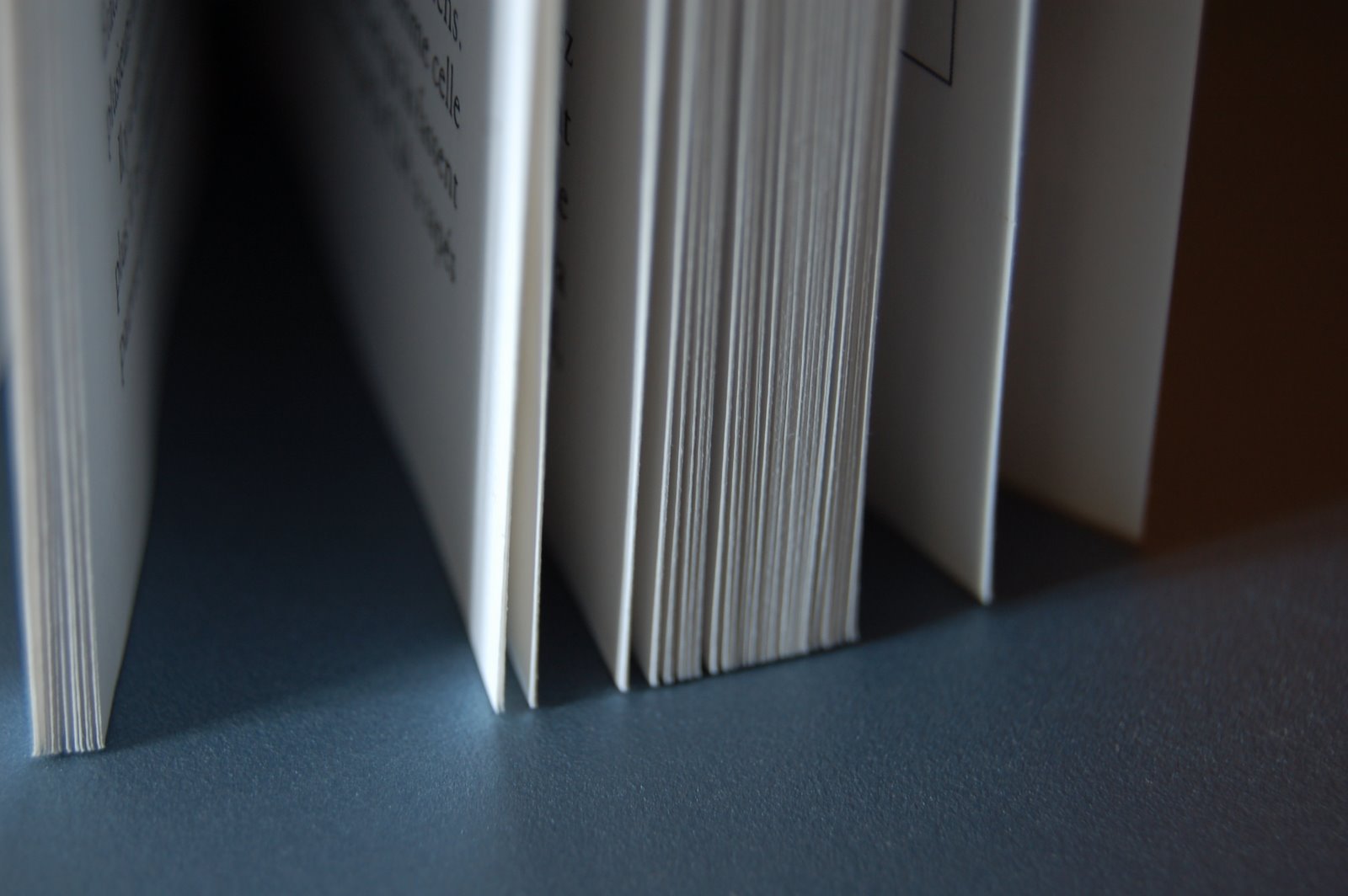
It is impossible to read Scarlet and Black without making comparisons with Leo Tolstoy’s masterpiece War and Peace. For those who have not studied Napoleon both of these books provide an insight into the influence he had not just on a generation but on a continent as he marched across Europe to take control of the Kremlin in Moscow and the disasters following 1812.
This book was my grandfather’s favourite and I promised him before he died that I would read it and I was lucky enough to do just that ploughing my way through the three volume Oxford University Press set he has read himself. Because that version of the book was in three pocket-sized volumes it not only made the book easier to cope with but I will review each volume in turn before summing up the whole work.
Volume I
The scene is set with the two main families – the Bolkonsks and the Rostovs – being introduced with the emphasis of the focus being on the children who are set to grow up and live through the war and the peace of the war against France. The main characters of Natasha, Nicholas, Pierre, and Andrew are introduced and although they all have the ability to disappoint you Tolstoy exerts his power over the reader and you want to stick with it and you tumble into the next volume.
Volume II
The lives of the characters are increasingly becoming intertwined with the growing ambition of Napoleon to tackle Russia and as the battles of Borodino start to rage you get the heartbreak of Andrew proposing to Natasha and then being hit by a cannon ball and suffering a long lingering death. One illustration of the fantastic descriptive power of Tolstoy is the scene when Nicholas sledges to his Uncle’s house and wanders out into the winter air to kiss Sonya, you really feel you are there sharing their hopes and fears.
Volume III
This is much more historical, because it involves the conclusion of the 1812 Russian campaign. It is clear that Tolstoy likes the Russian general who defeated Napoleon and makes sure he paints Kutzov in a favourable light. This epic tale ends with a rather odd split between Nicholas, who seems to represent the peasant’s view of the world, against Pierre who is very much a wealthy aristocrat.
Is it well written?
As a history of the 1805-1812 campaigns it is so accurate it is hard to find fault with it. As a story providing a social commentary on the lives of not just the very wealthy in Russia but also an insight into what the masses, both peasants and soldiers, thought it is ambitious on an epic scale but Tolstoy has the ability to pull it all off. Usually with a large cast of characters it is easy to lose the pace but this story remains gripping for most of its 900 odd pages because of the fantastic descriptions, the insight into human emotions and the commentary about Napoleon and Tsar Nicholas I, two leaders that were statesmen on the world stage. The story of the 1812 campaign, with the Grand Army being burnt out of Moscow and freezing to death on their long march back to Paris is a story that on its own is compelling.
Is it worth reading?
Most people avoid reading this book because of its length. Along with Don Quixote and Ulysses this is seen as one of the big books that only serious readers venture to tackle. That is a shame because it is such an accessible read. Once the Russian names have become familiar and the political context understood this really is a story worth reading. It might be epic but there are few books of this size and with this much ambition to translate the feelings of whole armies, Emperors, masses of peasants and Cities.
Leads to
More Tolstoy, namely Anna Karenina, is one option but it is also a launch pad to go off and read some non-fiction about Napoleon and Nicholas I. After reading War and Peace I went off and read a great deal more about Napoleon and the one quote I remember about him, was that with him at the head of the army it was worth 40,000 men.
Version read – Oxford University Press (my grandfather dated them 1938)









